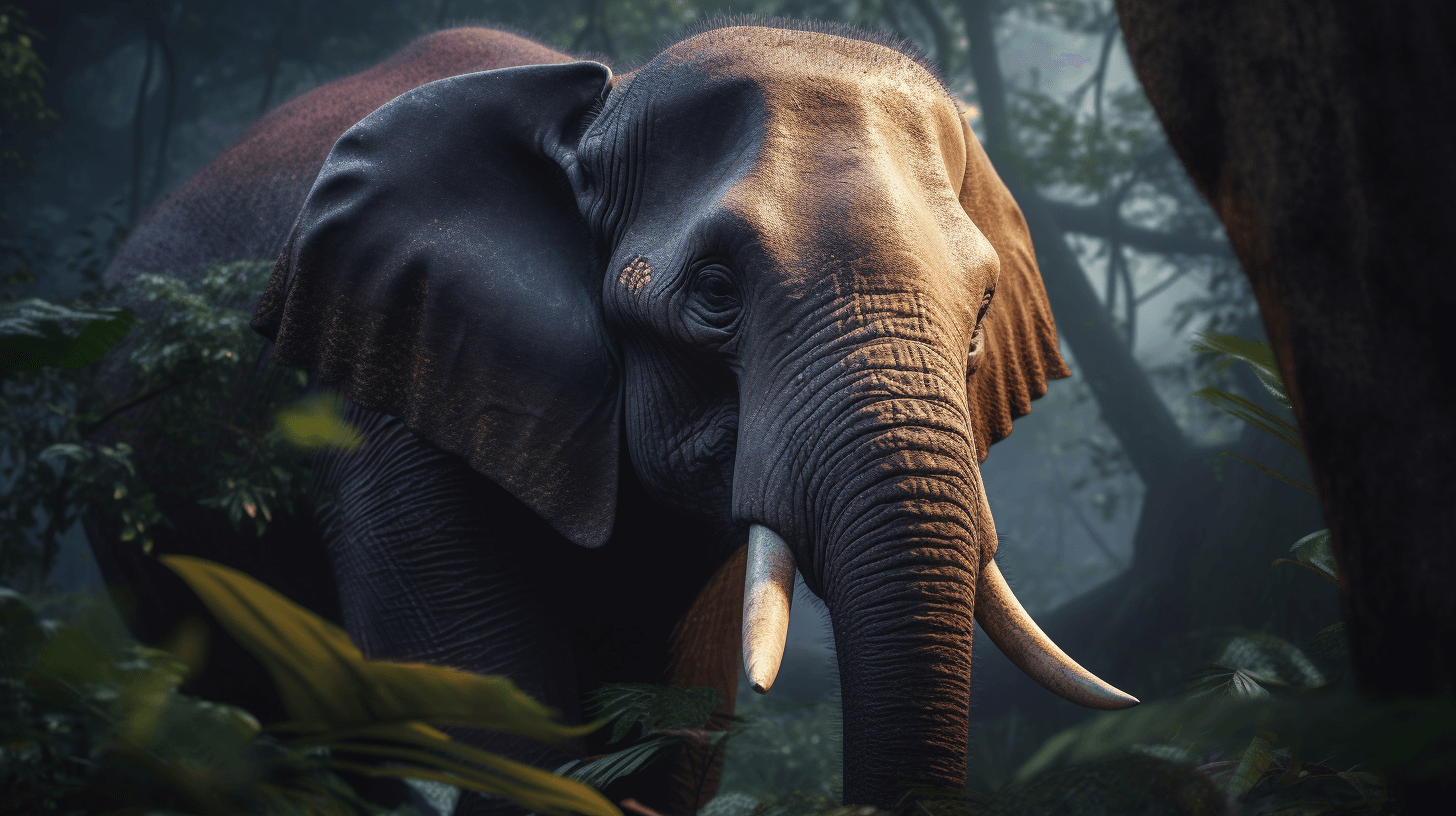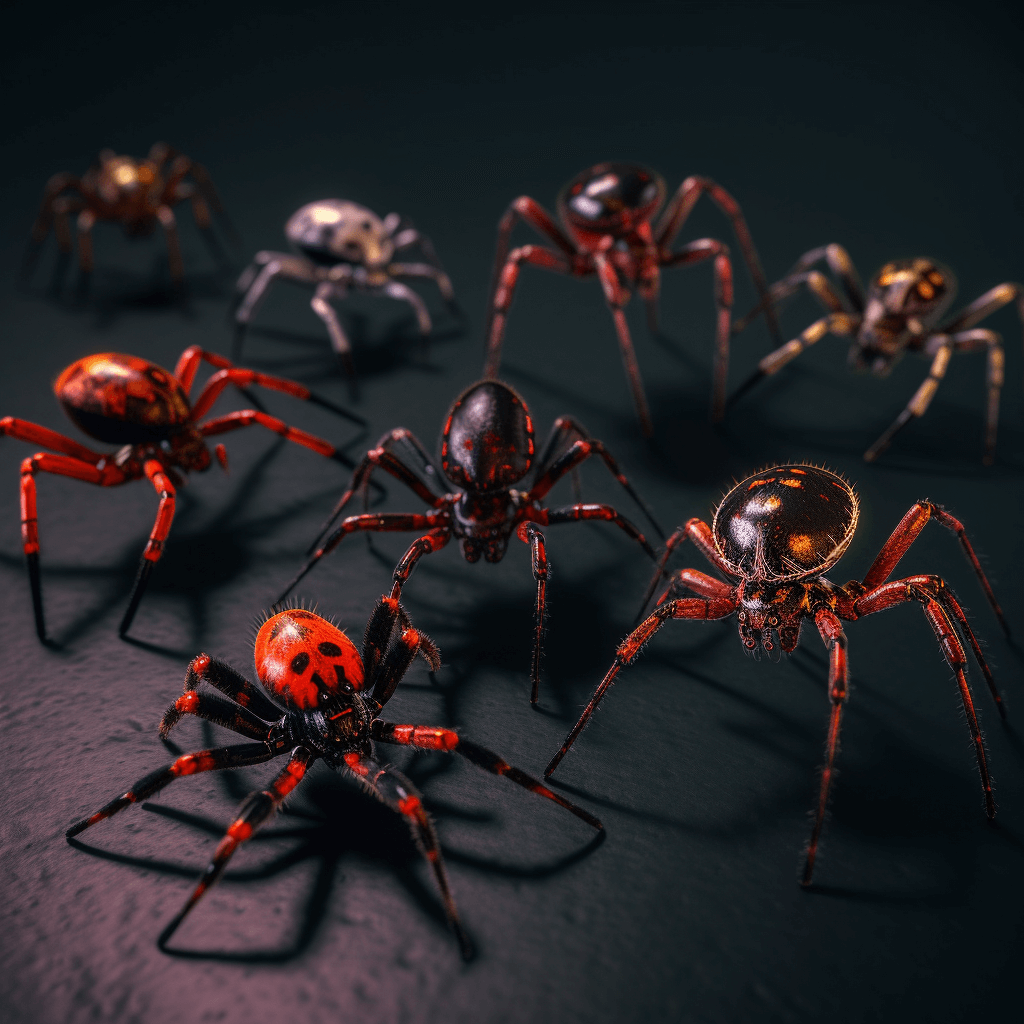😱🏔️❄️ Da Ice Melting Away Fast in Da Himalaya, New Study Say!
Scientists wen find out dat da ice an’ snow on top da highest mountains in da world stay disappearing mo’ quick den we thought. Da International Centre for Integrated Mountain Development wen release one report from Kathmandu, Nepal, an’ wen show dat da glaciers in da Hindu Kush an’ Himalaya mountain region wen melt 65 percent fasta between 2010 an’ 2019 den in da previous decade.
Dis kine discovery show dat da consequence of climate change stay speeding up an’ dat some changes no can go back to da way dey was. 😔🌍🔥
Mo’ den two billion people dat stay living in da mountains o’ da countries dat dey feed water to stay facing some serious problems. Da melting ice an’ snow stay making da land unstable an’ raising da chances fo’ floods and landslides. Da wildlife dat stay unique to dis region stay losing deir habitats an’ some species no can make it. It stay one sad story, brah. 🏔️🌊🦋🌱
Miriam Jackson, a cryosphere researcher at da International Centre for Integrated Mountain Development an’ one of da authors of da report, wen say dat tings stay moving real fast. She say, “From jus’ two decades ago to da last decade, planny big changes wen happen. An’ I t’ink plenny people stay surprised how fast everyting stay going.”
Dr. Jackson an’ her team wen study an area of approximately 1.6 million square miles dat dey call da Hindu Kush Himalaya. Dis place stay from Afghanistan all da way to Myanmar. Dey wen get da money fo’ dis research from different governments from da region, an’ dey stay trying fo’ figure out how da climate change stay affecting da natural resources an’ how da people living dea can adapt. 🌏🧪💰
One second report dat wen come out on Tuesday from da World Meteorological Organization an’ da European Union wen show dat da glaciers stay melting plenty in da European Alps too. Dey wen lose one record amount of ice in one year in 2022, according to The State of the Climate in Europe 2022.
Da new Himalayan report updates work published by da same group in 2019, which found dat even if da global warming no go mo’ den 1.5 degrees Celsius compared to preindustrial levels, da Hindu Kush Himalaya would lose at least one-third of its glaciers. Dis estimate remains da same, but improved satellite data since have allowed for mo’ precise measurements of how much da region’s glaciers have already shrunk, an’ bettah projections of how fast dey might shrivel beyond 1.5 degrees of warming.
“Technically speaking, I t’ink it’s amazing,” said Marco Tedesco, one professor of marine geology at Columbia University who was not involved in da research. Dr. Tedesco also praised da new report’s focus on da societal and ecological implications of fast-melting glaciers. It’s a welcome sign, he said, dat public attention on global warming is shifting away from a narrow scientific focus on physical changes to a broader understanding of how these changes will affect people around da world. 🌎🔍🌡️
Wen da glaciers shrink an’ da ice melt, da amount of water goin’ up fo’ one little while. But, come around 2050, da glaciers goin’ shrink so much dat da water from dem goin’ start goin’ down. Da researchers calling dis da “peak water” point.
Da timing an’ da places weh da water stay goin’ change too. “Some places goin’ get too much water an’ odda places goin’ get too little water,” say Santosh Nepal, one researcher from da International Water Management Institute an’ one author of da report.
Right now, da water from da glaciers goin’ come earlier in da year. Dr. Nepal t’ink dat as da climate change make da rain fall in weird ways all ova da world, da people in da Hindu Kush Himalaya goin’ need fo’ depend mo’ on da water from da melting ice instead of da rainwater. But dat water no goin’ last mo’ den 20 or 30 years, so it stay one temporary solution. 💧☔
Wit da melting ice, da people goin’ face mo’ dangers. Da natural disasters dat stay already happen goin’ become even worse. Da land goin’ erode an’ da hillsides goin’ set da stage fo’ floods an’ landslides wen da shocks to da system, like earthquakes, come.
Dr. Nepal say dat da emergency systems in da region no stay ready fo’ handle da big disasters. Dey no prepare.
Da ecosystems in da Hindu Kush Himalaya no ready too fo’ da changes already happening. Plenny scientific studies stay sayin’ dat some unique species, especially da butterflies, already wen go extinct. Da frogs an’ odda amphibians stay in plenty danger too.
Wen Dr. Sunita Chaudhary, one ecosystems researcher at da International Centre for Integrated Mountain Development, wen see all da data from da Himalayas, she say she stay real shocked. She say by 2100, ’bout one-quarter of da plants, animals, an’ odda life forms dat stay only in dis region goin’ vanish. She say da Indian part of da Himalayas goin’ get hit da hardest.
Even if some species no can be saved, da researchers say we still get time fo’ help odda animals an’ da millions of people whose lives stay changing cuz da glaciers stay melting. Dey wen make plenny recommendations in da report, like protecting da hot spots fo’ biodiversity, encouraging experts from diff’rent sectors like agriculture an’ water to work togedda, an’ doing mo’ research on related stuff like permafrost. 🗻🌊🌿
Da future of da Himalayas an’ da people who stay live dea depend on how we take care of da environment. We gotta make changes fo’ protect da glaciers an’ da precious resources dey give us. Otherwise, we goin’ lose someting special an’ important. Let’s stand togedda an’ make a difference! 🤝🌏💙
NOW IN ENGLISH
😱🏔️❄️ The ice melting away fast in the Himalaya, new study say!
Scientists have found out that the ice and snow on top of the highest mountains in the world are disappearing more quickly than we thought. The International Centre for Integrated Mountain Development has released a report from Kathmandu, Nepal, and it shows that the glaciers in the Hindu Kush and Himalaya mountain region have melted 65 percent faster between 2010 and 2019 than in the previous decade.
This kind of discovery shows that the consequence of climate change is speeding up and that some changes cannot go back to the way they were. 😔🌍🔥
More than two billion people living in the mountains of the countries that they provide water for are facing some serious problems. The melting ice and snow are making the land unstable and raising the chances for floods and landslides. The unique wildlife in this region is losing their habitats, and some species cannot make it. It’s a sad story, my friend. 🏔️🌊🦋🌱
Miriam Jackson, a cryosphere researcher at the International Centre for Integrated Mountain Development and one of the authors of the report, said that things are moving real fast. She said, “From just two decades ago to the last decade, plenty of big changes have happened. And I think plenty of people are surprised how fast everything is going.”
Dr. Jackson and her team studied an area of approximately 1.6 million square miles that they call the Hindu Kush Himalaya. This place stretches from Afghanistan all the way to Myanmar. They received funding for this research from different governments in the region, and they are trying to figure out how climate change is affecting the natural resources and how the people living there can adapt. 🌏🧪💰
A second report that came out on Tuesday from the World Meteorological Organization and the European Union showed that the glaciers are melting plenty in the European Alps too. They lost a record amount of ice in one year in 2022, according to The State of the Climate in Europe 2022.
The new Himalayan report updates the work published by the same group in 2019, which found that even if global warming does not go more than 1.5 degrees Celsius compared to preindustrial levels, the Hindu Kush Himalaya would lose at least one-third of its glaciers. This estimate remains the same, but improved satellite data since then have allowed for more precise measurements of how much the region’s glaciers have already shrunk and better projections of how fast they might shrivel beyond 1.5 degrees of warming.
“Technically speaking, I think it’s amazing,” said Marco Tedesco, a professor of marine geology at Columbia University who was not involved in the research. Dr. Tedesco also praised the new report’s focus on the societal and ecological implications of fast-melting glaciers. It’s a welcome sign, he said, that public attention on global warming is shifting away from a narrow scientific focus on physical changes to a broader understanding of how these changes will affect people around the world. 🌎🔍🌡️
When the glaciers shrink and the ice melts, the amount of water goes up for a little while. But by around 2050, the glaciers will shrink so much that the water from them will start going down. The researchers call this the “peak water” point.
The timing and the places where the water is going will change too. “Some places are going to get too much water, and other places are going to get too little water,” said Santosh Nepal, a researcher from the International Water Management Institute and one author of the report.
Right now, the water from the glaciers comes earlier in the year. Dr. Nepal thinks that as climate change makes the rain fall in weird ways all over the world, the people in the Hindu Kush Himalaya will need to depend more on the water from the melting ice instead of the rainwater. But that water will not last more than 20 or 30 years, so it’s a temporary solution. 💧☔
With the melting ice, the people will face more dangers. The natural disasters that have already happened will become even worse. The land will erode, and the hillsides will set the stage for floods and landslides when the shocks to the system, like earthquakes, come.
Dr. Nepal says that the emergency systems in the region are not ready to handle the big disasters. They are not prepared.
The ecosystems in the Hindu Kush Himalaya are not ready either for the changes already happening. Plenty of scientific studies are saying that some unique species, especially the butterflies, have already gone extinct. The frogs and other amphibians are in plenty of danger too.
When Dr. Sunita Chaudhary, an ecosystems researcher at the International Centre for Integrated Mountain Development, saw all the data from the Himalayas, she said she was really shocked. She said by 2100, about one-quarter of the plants, animals, and other life forms that are only in this region will vanish. She said the Indian part of the Himalayas will get hit the hardest.
Even if some species cannot be saved, the researchers say we still have time to help other animals and the millions of people whose lives are changing because the glaciers are melting. They made plenty of recommendations in the report, like protecting the hot spots for biodiversity, encouraging experts from different sectors like agriculture and water to work together, and doing more research on related stuff like permafrost. 🗻🌊🌿
The future of the Himalayas and the people who live there depends on how we take care of the environment. We need to make changes to protect the glaciers and the precious resources they give us. Otherwise, we are going to lose something special and important. Let’s stand together and make a difference! 🤝🌏💙







